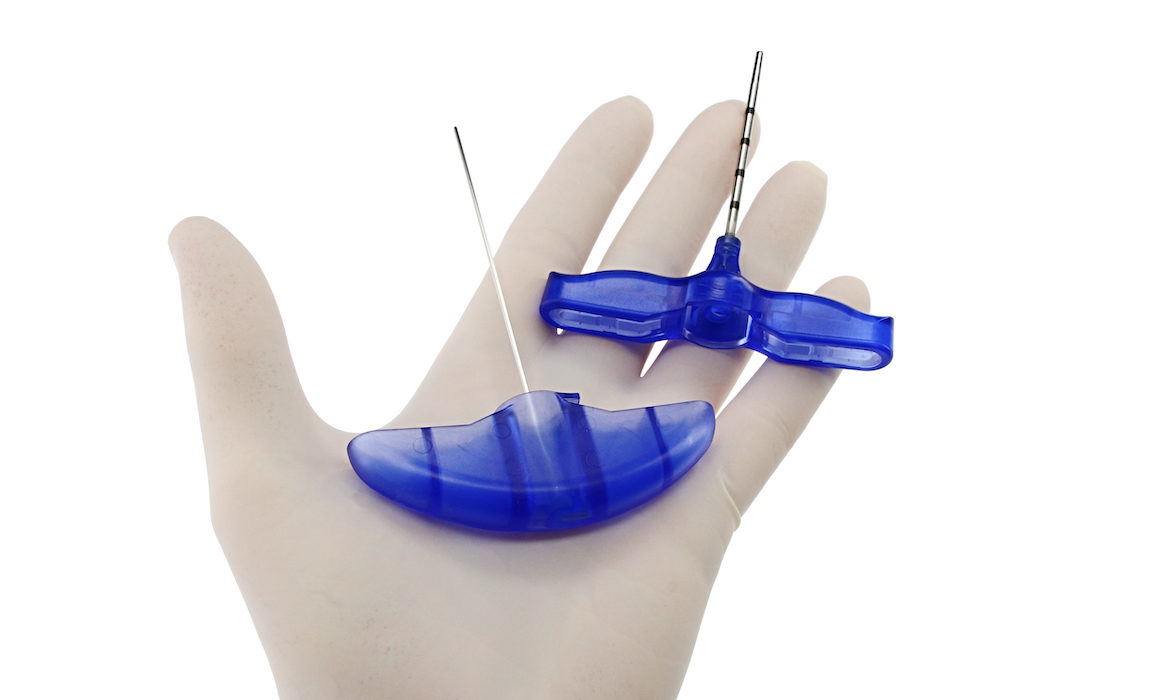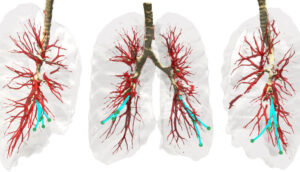Guiding a medical needle through the body to do biopsies and other treatment is not an easy task. Straight needles work when the path is a straight shot, but often the target is hidden behind bones or vulnerable tissue.
In recent years scientists have developed medical needles with beveled tips and algorithms to direct the needles, but the procedure is still risky. Now a team from the Technion and the University of North Carolina have developed a new algorithm that hopes to make the task safer and more precise.
Dr. Oren Salzman
The algorithm computes the optimal trajectory that will lead the needle to the target while avoiding damage to various anatomical obstacles. Unlike existing algorithms, the new calculation provides a “completeness” guarantee that the needle can indeed reach the specified target safely or informs the surgeon that no safe plan exists. It also computes the plan faster and more successfully than rival motion planning algorithms.
The research, presented virtually at the 2021 Robotics: Science and Systems Conference by Assistant Professor Oren Salzman, head of the Computational Robotics Lab in the Technion’s Henry and Marilyn Taub Faculty of Computer Science and Professors Ron Alterovitz and Mengyu Fu of UNC, is expected to lead to additional applications based on automated steerable needles.
Three views of the lung environment. The needle steers to targets (green) while avoiding anatomical obstacles including large blood vessels (red), bronchial tubes (brown), and the lung boundary (gray)




